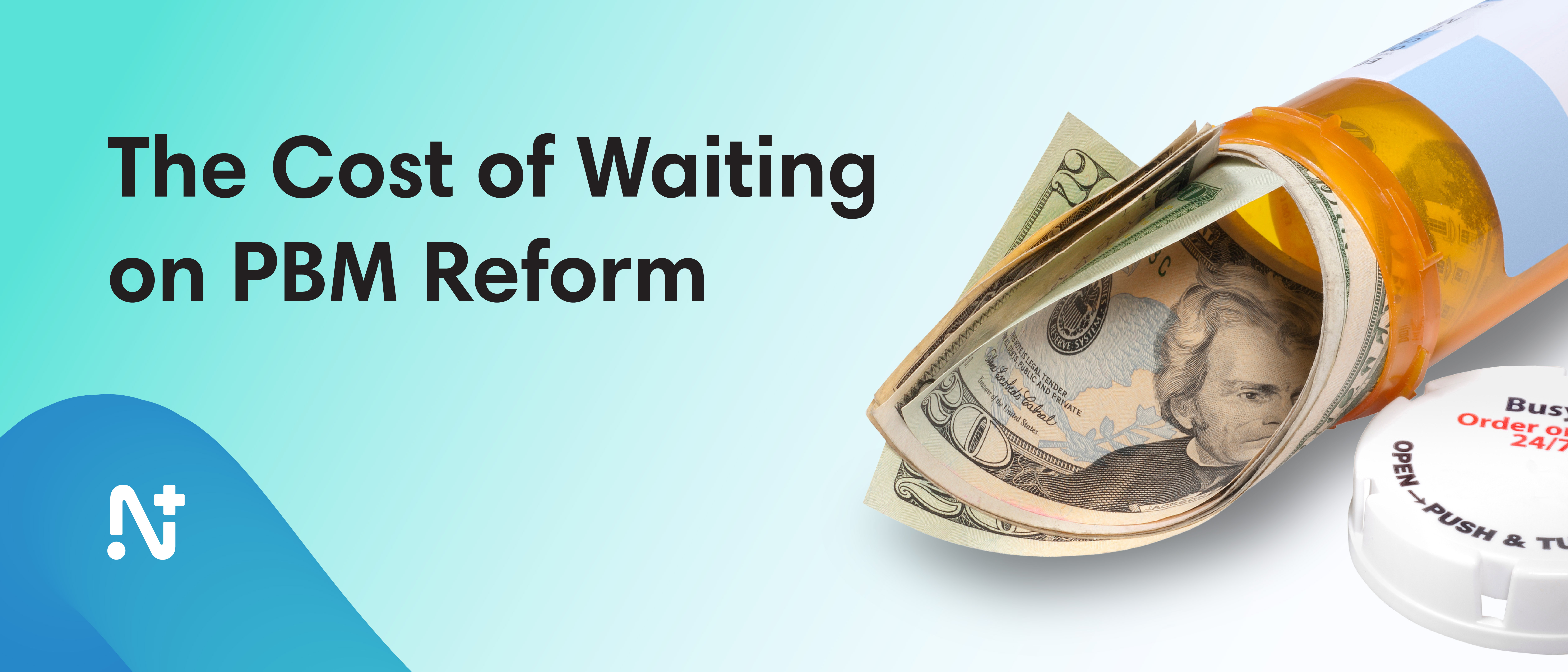The $95 Billion Productivity Tax Hiding in Your Benefits Package

Benefits teams are deep in open enrollment right now. They're comparing premium increases, negotiating network access, and modeling out-of-pocket maximums. Every cost gets scrutinized.
Except one.
Nobody's measuring what it costs when employees can't access their benefits without a fight.
Measuring What Gets Ignored
Dr. Jeffrey Pfeffer at Stanford University and colleagues from the Gallup organization set out to quantify something benefits leaders suspect but never track: the time employees lose dealing with health insurance administration.
They called it “sludge,” or the accumulated friction between employees and their benefits. The phone calls to resolve claims. The hold time waiting for answers about coverage. The paperwork required to get a prior authorization.
Pfeffer surveyed a nationally representative sample of U.S. workers and asked a simple question: How much time did you spend on the phone with your health insurer last week?
The Real Cost of Administrative Hassles
Of the employees surveyed in the study, 13% reported dealing with their health insurance administrator in the previous week. Not over a month. Not during open enrollment. In one normal seven-day period.
Those who called spent an average of 32 minutes on the phone.
Pfeffer calculated the direct cost of lost time: $21.6 billion annually across the U.S. workforce. Half of those minutes happened during work hours.
But the direct cost is the smaller problem.
Employees who spent time fighting with their insurer showed measurably different workplace outcomes:
- 49% more likely to report burnout
- 35% more likely to miss work
- 14% more likely to experience significant stress
- 10% less satisfied with their employer
The productivity cost of that reduced engagement: $95.6 billion annually.
The cost of increased absenteeism: another $26.4 billion.
For every dollar of direct time cost, administrative friction generates five dollars in productivity loss.
Health insurance is most important benefit for 60% of employees. When it becomes a source of frustration rather than security, you lose trust and engagement.
The math is straightforward: administrative hassles cost you 30 minutes of work time, then cost you again in turnover, disengagement, and absence.
The ROI of Respect
Administrative simplicity isn't a soft benefit. It's a financial one.
When employees can access their benefits without friction, they work instead of waiting on hold. They stay engaged instead of burning out. They see their employer as solving problems instead of creating them.
Reducing sludge requires fundamental simplicity:
- Clear pricing that eliminates confusion about what employees will owe.
- Streamlined processes that reduce handoffs between patients, payers, and providers.
- Straightforward benefits that don't require a specialist to decode.
- Responsive support when employees do need help.
Self-funded employers have leverage here. You own the risk. You own the relationship. You can choose partners who view administrative simplicity as a competitive advantage instead of a cost to minimize.
What to Measure Right Now
Open enrollment is underway. Employees are making benefits decisions based on the options you've given them. This is a great opportunity to start measuring benefit “sludge.”
Survey your employees about their experience. Ask about contact frequency, time spent, and whether issues get resolved. The answers will tell you whether you're paying the productivity tax.
Premium costs tell you what you paid. Member experience data tells you what your benefits actually cost in lost productivity and damaged engagement.
Pfeffer's research gives you the numbers to make the business case for your next renewal. Administrative friction isn't just annoying. It's expensive.
Based on research by Dr. Jeffrey Pfeffer at Stanford University and Dan Witters, Sangeeta Agrawal, and James K. Harter at Gallup: "Magnitude and Effects of 'Sludge' in Benefits Administration: How Health Insurance Hassles Burden Workers and Cost Employers," Academy of Management Discoveries, 2020.



